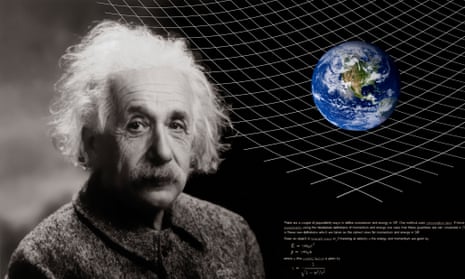As described in Pedro Ferreira’s book “The Perfect Theory”, after its development by Albert Einstein about a 100 years ago, and the subsequent big splash of its vindication by Eddington’s observations of stars near to the Sun during an eclipse, the general theory of relativity went into a bit of a lull, becoming something of a backwater. It answered the fundamental questions in physics that it was intended for, and the equations supported some interesting solutions, but the theory did not develop. Unusually for a great breakthrough in science, it did not seem to lead on to further exciting questions and phenomena, especially when contrasted with quantum theory, which was bursting out all over.
It was not until the second half of the 20th century when a renaissance in general relativity combined with the rise of relativistic astrophysics and observational cosmology, and gave the theorists data to chew on and the astronomers new things to look for. This talk by Jürgen Renn will trace the genesis of general relativity, look at Einstein’s research and the work of many other scientists who contributed to the theory, and show how general relativity eventually became not only a highly active field of research, but one of the principal challenges to the conceptual unification of physics.
This article includes content hosted on livestream.com. We ask for your permission before anything is loaded, as the provider may be using cookies and other technologies. To view this content, click 'Allow and continue'.
Jon Butterworth’s book Smashing Physics is available as “Most Wanted Particle” in Canada & the US. He is also on Twitter.

Comments (…)
Sign in or create your Guardian account to join the discussion